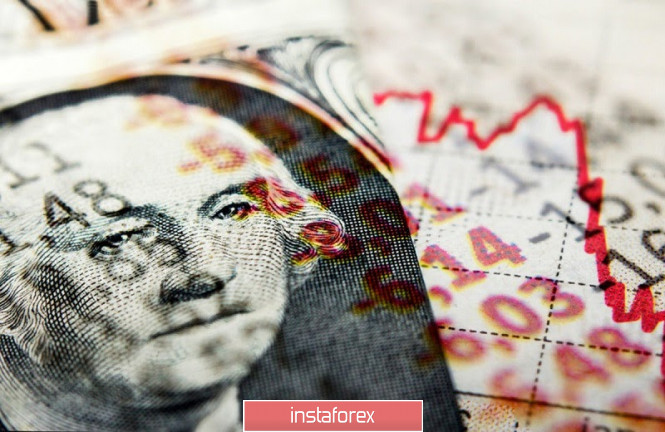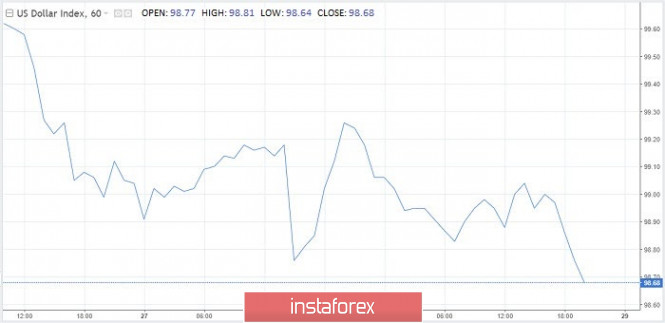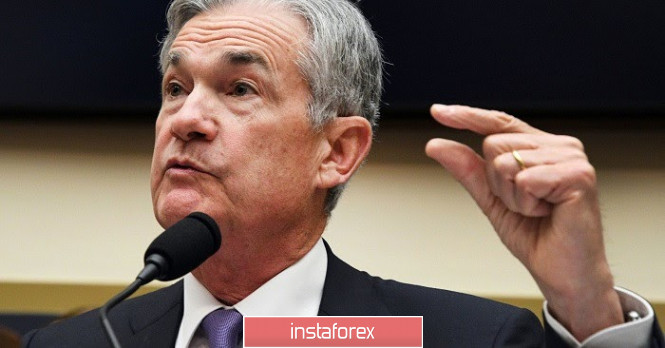
An interesting picture develops on the US dollar, which alludes to the bearish trend. The greenback is cheaper relative to most competitors and, notably, to the currencies of developing countries. The dollar index changed slightly in price on Thursday. The indicator was stuck between the difficult situation with Hong Kong and the general risk appetite. The decline intensified in the US session. The dollar lost more than 1% of its value and went below 98.80 in relation to a basket of six competitors.
The short-term decline in the dollar caused the Ministry of Commerce to revise the first estimate of US GDP growth in the first quarter. Thus, economic growth declined by 5% instead of the previously announced 4.8%. This is the strongest decline since the fourth quarter of 2008. The new data already takes into account the impact of coronavirus on the economy. However, according to experts, the slowdown in the second quarter will be even stronger. The Federal Reserve may support the economy with negative rates that will cause a sharp drop in the dollar.
USDX

So, if the Fed decides to divert its base interest rate to negative territory, it will need to go as deep as possible, that is, cut it 50-100 basis points below zero. There is no sense in introducing an insignificant negative rate; other large central banks have seen this.

What the Fed chairman will say to this. The regulator previously allowed an unprecedented package of monetary stimulus in an attempt to support the economy, while Jerome Powell dismissed the idea of lowering the base rate of one-day lending well below zero, despite the pressure of Donald Trump.
However, speculation on this subject remained, and they can begin with a new force after disappointing economic growth and exhaustion of other options for supporting US growth.
According to analysts, reducing the rate by 50-100 basis points below zero will lead to a decrease in the yield of treasury bonds to record lows. A negative territory has been provided for the "decades", all the more so since decisions on a significant reduction in rates will most likely be taken against the background of gloomy economic forecasts and the risks of deflation.
If such a scenario enters into real life, the US currency will sharply go down. At the same time, the fall time will depend on the economic situation and asset market conditions.
"At first, negative rates can disrupt the normal course of work of short-term money markets, so the initial answer might be to buy safe G10 safe haven assets or even strengthen the dollar. As soon as the element of surprise passes, the market will adapt, currencies with positive returns and moderate fiscal policies should strengthen," Standard Chartered writes.
Meanwhile, gold is likely to test record highs in this scenario, as negative rates "will lower the opportunity cost of holding gold." Precious metals are still underestimated, and negative rates may attract retail interest in this sector.
The material has been provided by InstaForex Company - www.instaforex.com